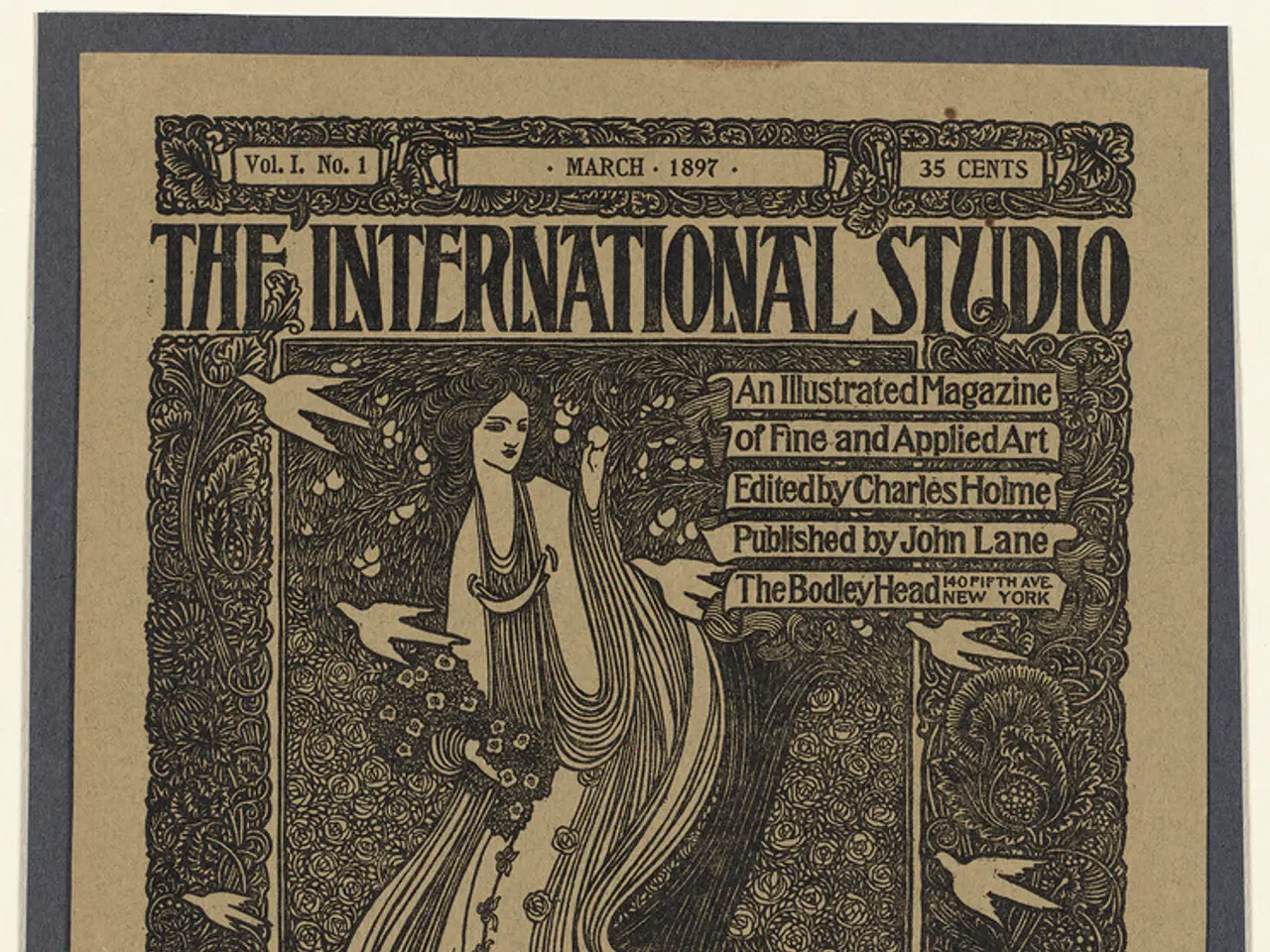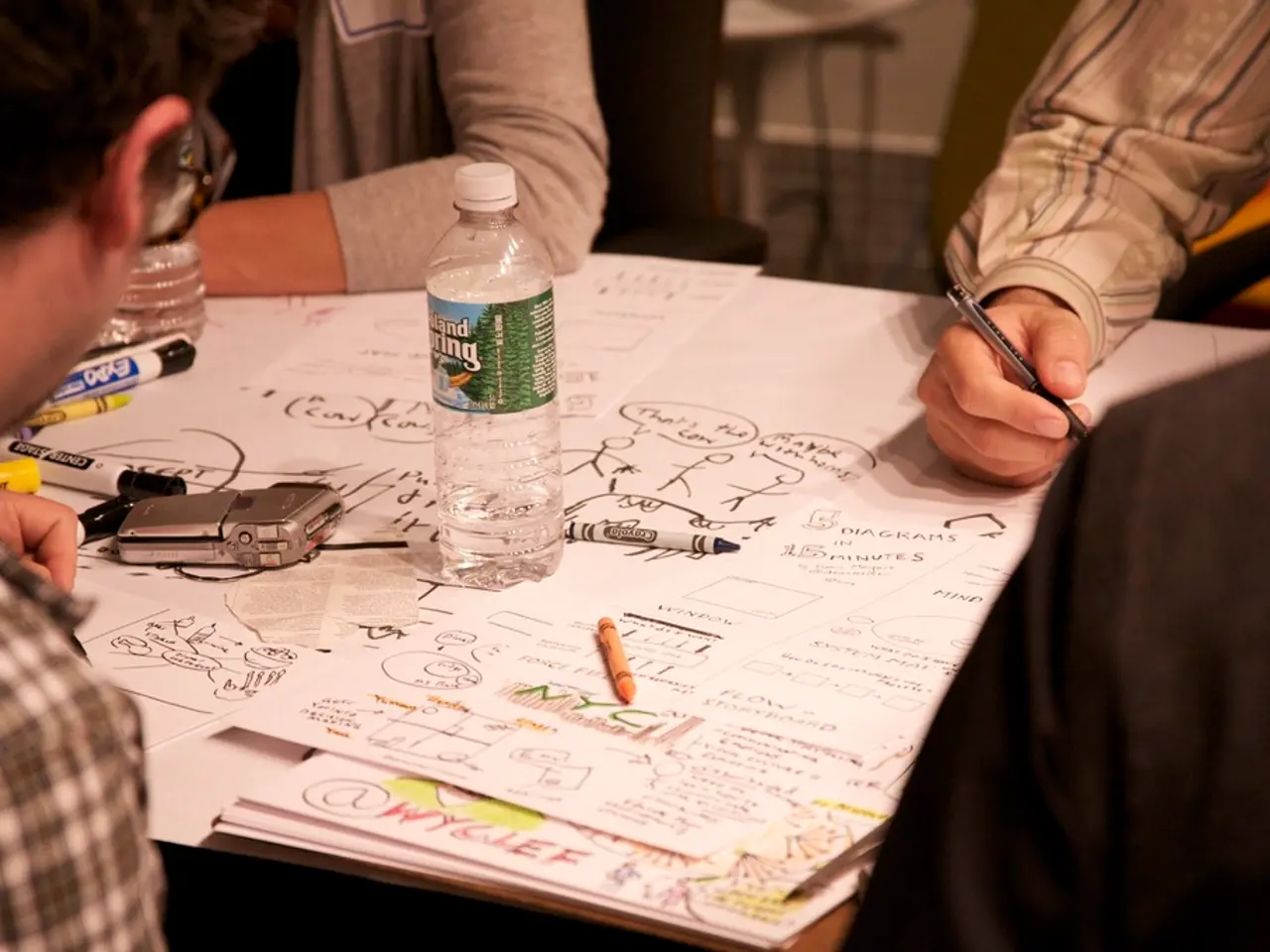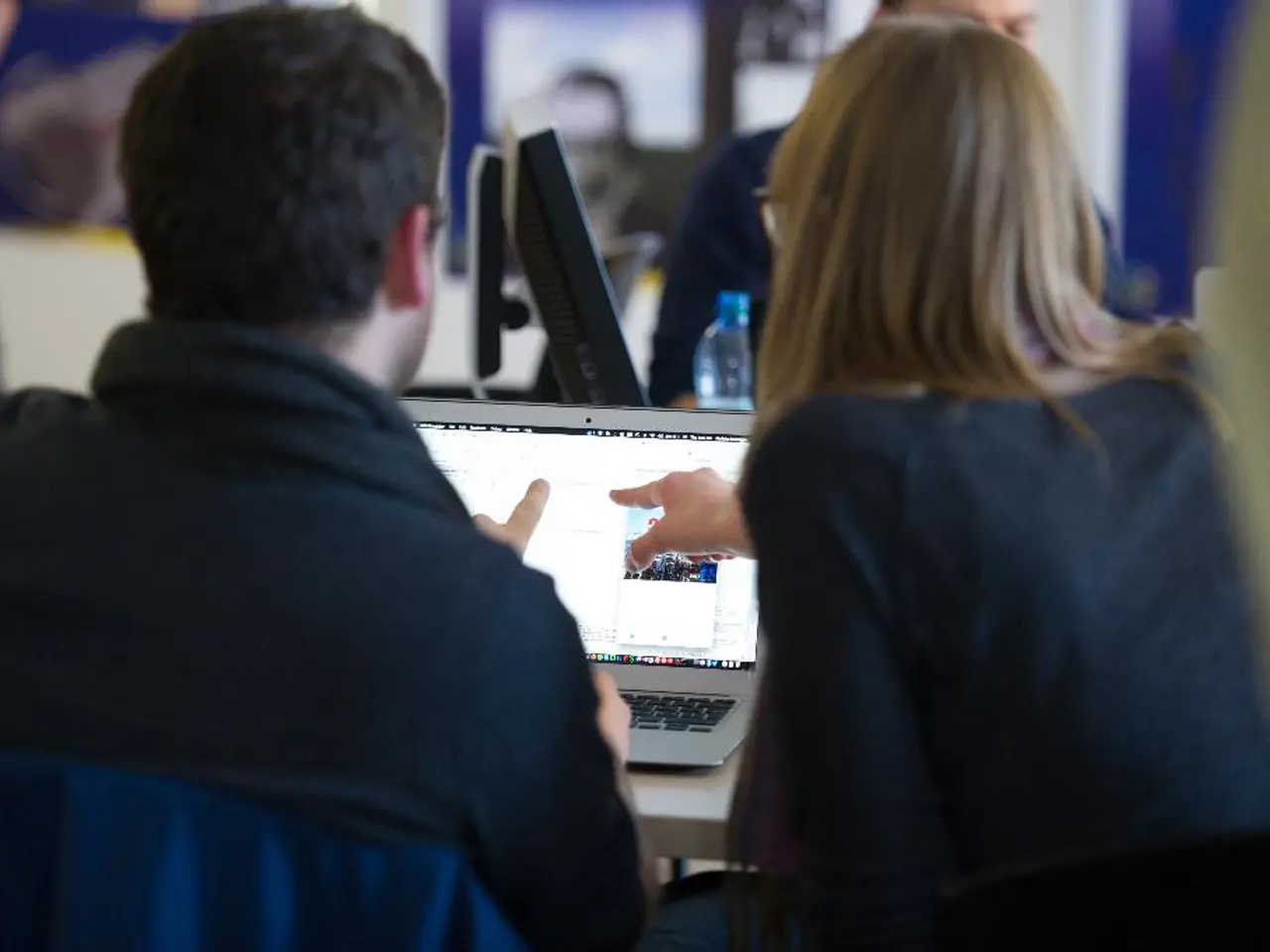Women's Anxiety: Root Causes and Solutions Explored
Women face unique factors that contribute to anxiety, setting their experience apart from men's. These factors encompass hormonal, social, cultural, and psychological influences.
Hormonal Factors
Hormonal fluctuations play a significant role in women's anxiety, particularly during critical life stages such as puberty, menstruation, pregnancy, postpartum, and menopause. Conditions like premenstrual dysphoric disorder (PMDD) and postpartum anxiety are directly linked to these hormonal changes, which can trigger or worsen anxiety symptoms.
Social and Cultural Influences
Social and cultural factors also contribute to women's anxiety. Gender-based stressors, such as intimate partner violence, sexual and physical abuse, pay inequity, lack of reproductive freedom, limited affordable daycare, and challenges in healthcare access, disproportionately affect women and elevate their anxiety risk.
Psychological sensitivity to interpersonal stress is also more prevalent in female adolescents, who tend to internalize stress and respond more to social conflicts and emotional problems compared to their male counterparts.
Socioeconomic Dynamics
Employment, income, and marital status affect women’s mental health differently than men’s. Higher income is linked to better mental health outcomes in women, potentially due to increased independence and empowerment.
Gender Dysphoria and Rigid Gender Role Expectations
Individuals assigned female at birth but experiencing conflict with their gender identity may experience amplified anxiety due to gender dysphoria and rigid gender role expectations.
Physical Symptoms and Expressions of Anxiety
Women may experience a wider range of physical symptoms, including menstrual irregularities and increased pain sensitivity. They may express anxiety through tearfulness, sadness, or irritability, while men might internalize their feelings or express them through anger.
Race and Ethnicity
The Strong Black Woman (SBW) race-gender schema prompts African American women to use self-reliance and self-silence as coping strategies in response to stressors, which could trigger anxiety and intensify when coupled with negative attitudes toward professional psychological help.
Research found that one third of Black people surveyed reported clinically significant anxiety symptoms. Perceived discrimination leads to anxiety symptoms through acculturative stress in Muslim college students.
Barriers to Seeking Help
Barriers preventing ethnic minority women from seeking help for anxiety include limited access to mental health resources, mistrust of health professionals, language barriers, cultural stigma surrounding mental health issues, difficulty finding culturally sensitive mental health care, limited representation of women from their ethnic backgrounds in mental health resources, and a lack of relatable experiences and coping mechanisms.
Therapy and Coping Mechanisms
Feminist and culturally competent therapy can help women recognize and challenge societal pressures and systemic issues contributing to their anxiety, providing more effective support and validation, and offering culturally relevant coping mechanisms.
Unhealthy coping mechanisms like emotional eating or social isolation are common, while men might turn to alcohol or substance abuse. Biofeedback therapy can help relax muscles, alleviate stress, and reduce the frequency and severity of headaches.
Impact of Anxiety
Research suggests that anxiety disorders are associated with a greater illness burden and greater functional impairment in women compared to men. Increasing levels of racial discrimination and microaggressions were associated with higher rates of anxiety.
Early Intervention and Prevention
Early intervention can help manage anxiety effectively and improve overall well-being for both the mother and baby. Anxiety disorders affect women more frequently than men, with a prevalence approximately twice as high.
Body Positivity and Self-Care
Body positivity practices, such as writing gratitude statements and engaging in movement that feels good, can help increase body acceptance, body appreciation, and body love, which adaptive approaches protective of health and wellbeing. Women are more likely to be diagnosed with generalized anxiety disorder (GAD), panic disorder, and specific phobias.
In summary, women's anxiety is influenced by intersecting hormonal, social, and cultural pressures alongside biological factors that differ from men’s anxiety triggers, making their experience of anxiety disorders distinct in nature and prevalence. Understanding these factors is crucial in developing effective strategies for anxiety management and support for women.
- Hormonal fluctuations in women significantly impact anxiety, especially during critical life stages like puberty, menstruation, pregnancy, postpartum, and menopause.
- Conditions like premenstrual dysphoric disorder (PMDD) and postpartum anxiety are linked to hormonal changes.
- Social and cultural factors contribute to women's anxiety, with gender-based stressors disproportionately affecting them.
- Psychological sensitivity to interpersonal stress is more prevalent in female adolescents.
- Employment, income, and marital status affect women's mental health differently than men’s, with higher income linked to better mental health outcomes in women.
- Individuals assigned female at birth but experiencing conflict with their gender identity may experience increased anxiety due to gender dysphoria and rigid gender role expectations.
- Women may experience a wider range of physical symptoms, such as menstrual irregularities and increased pain sensitivity, as expressions of their anxiety.
- The Strong Black Woman (SBW) race-gender schema prompts African American women to use self-reliance and self-silence as coping strategies, which could trigger anxiety.
- Research shows that one third of Black people surveyed reported clinically significant anxiety symptoms, and perceived discrimination leads to anxiety symptoms.
- Barriers preventing ethnic minority women from seeking help for anxiety include limited access to mental health resources, mistrust of health professionals, language barriers, and cultural stigma surrounding mental health issues.
- Feminist and culturally competent therapy can help women recognize and challenge societal pressures and systemic issues contributing to their anxiety.
- Unhealthy coping mechanisms like emotional eating or social isolation are common in women, while men might turn to alcohol or substance abuse.
- Research suggests that anxiety disorders are associated with a greater illness burden and greater functional impairment in women compared to men.
- Early intervention can help manage anxiety effectively and improve overall well-being for both the mother and baby.
- Body positivity practices can help increase body acceptance, body appreciation, and body love in women, which are adaptive approaches protective of health and well-being.
- Women are more likely to be diagnosed with generalized anxiety disorder (GAD), panic disorder, and specific phobias, emphasizing the uniqueness of women's anxiety experience.




